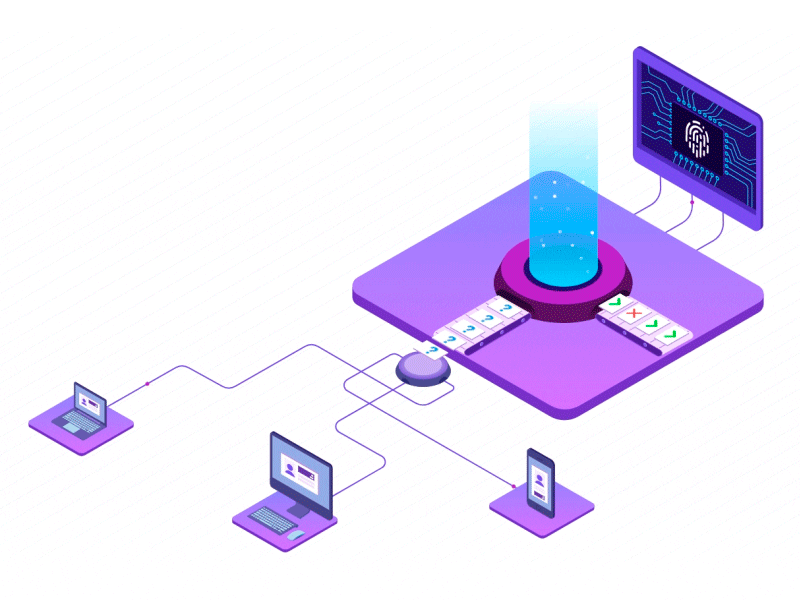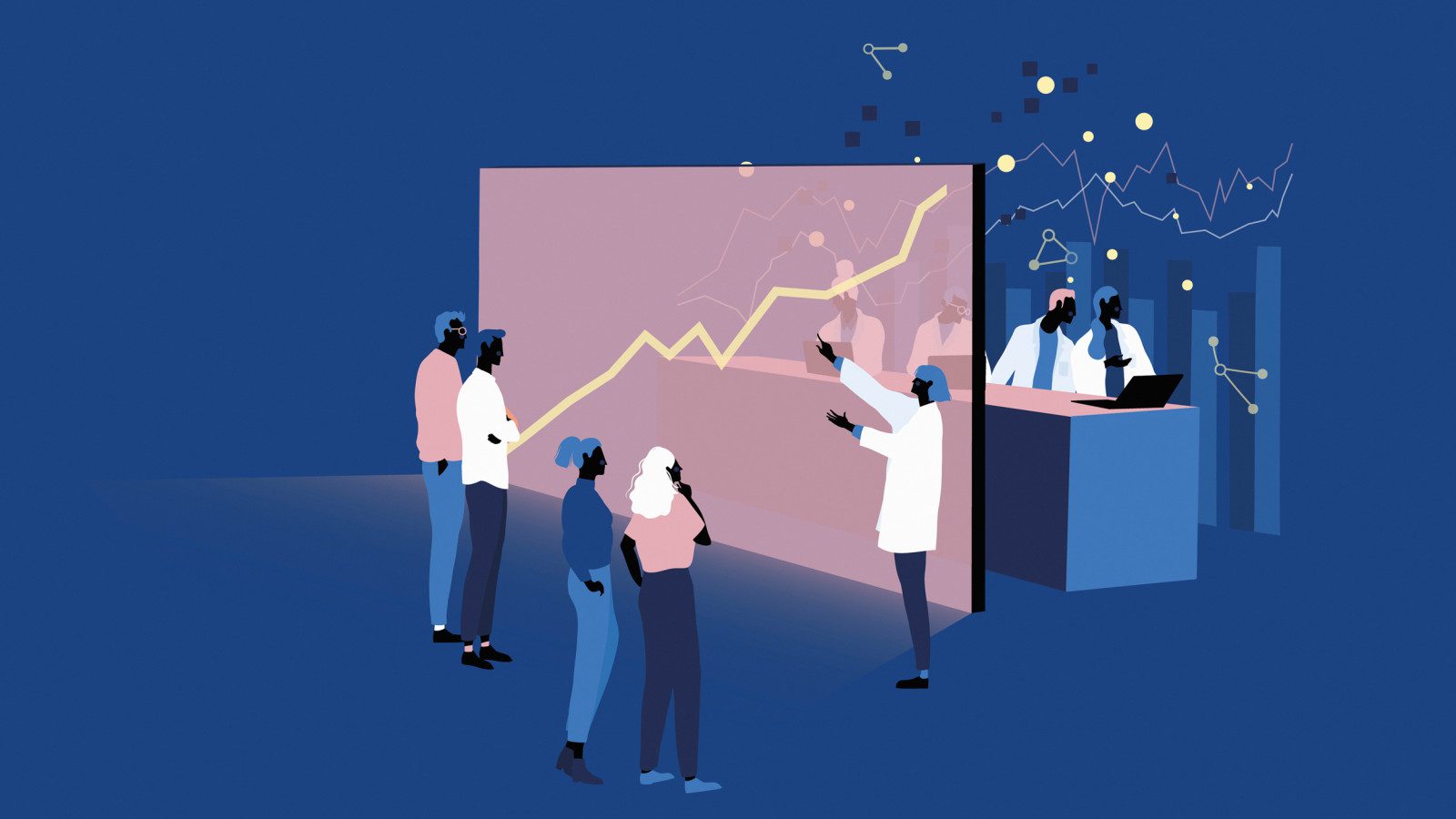Are you an electronics engineer looking to move to a data science career for a better-paying job? Or are you a commerce student who has recently taken to data science? This simple data science career guide will help you transition to the field and become a data scientist.
Step-By-Step Guide to Becoming a Data Scientist
Follow these four steps to move from any field to a data science career.
Step 1 – What field are you in right now?
The first and the most important step in this process is to understand your current academic and professional standing.
Are you still a student? Or are you working at a job in another field right now?
Step 2 – Gain Data Science Qualifications – Study or Work
If you are still studying, you have two options. Either wait and complete your existing degree (especially if only a few months are left) or immediately switch to a data science course. The latter can be a difficult situation, but when you look at the number of years you will further waste in that degree, it will make sense to you.
As a student, your goal should be to gain at least a degree, a certificate course, or a diploma in the field. Without an educational qualification, becoming a data scientist will be challenging. Then you will need a lot of hands-on experience and projects in your CV to prove that you are an able data scientist.
If you are working, the transition will take a bit longer for you. As noted, gaining some education in the field should be your higher priority. In case it is not possible due to financial or any other reasons, you can look at online courses.
Whatever you do, make sure you have some experience – academic or professional – before you move to step 3. In an ideal scenario, a little bit of both will improve your chances considerably.
Step 3 – Create a Solid Data Science CV
Making a data science career for yourself should start with you making a CV of yourself. Once you are satisfied with your own academic and professional qualifications, a CV is your pathway to reach out to potential employers.
Here is a list of activities that you need to do one after other:
- Create a detailed CV that is no longer than two pages
- Update and build your LinkedIn and Naukri.com profiles (among other job websites)
- Create a web portfolio that lists our your academic and/or professional projects in the data science field
Once you have any or all of these three, move to the next step.
Step 4 – Apply for a Dozen Jobs Daily
The fastest way to build a data science career is to aggressively apply for jobs. You need to send out at least a dozen applications – via LinkedIn, Naukri.com, company career pages – every day to even get a response.
The Covid-19 situation can be a challenge here but staying aggressive is the only solution. Since a data science career entails working on a computer, employers are still looking for talent.
Following these four critical steps can pave your way to the goal of becoming a data scientist. It is not as easy as it looks and will require a lot of hard work on your part. Nor is it a quick way to get into a data science career.
On average, you can expect to spend at least 2 to 4 years in this process if you are looking for a successful transition regardless of your current professional situation.





